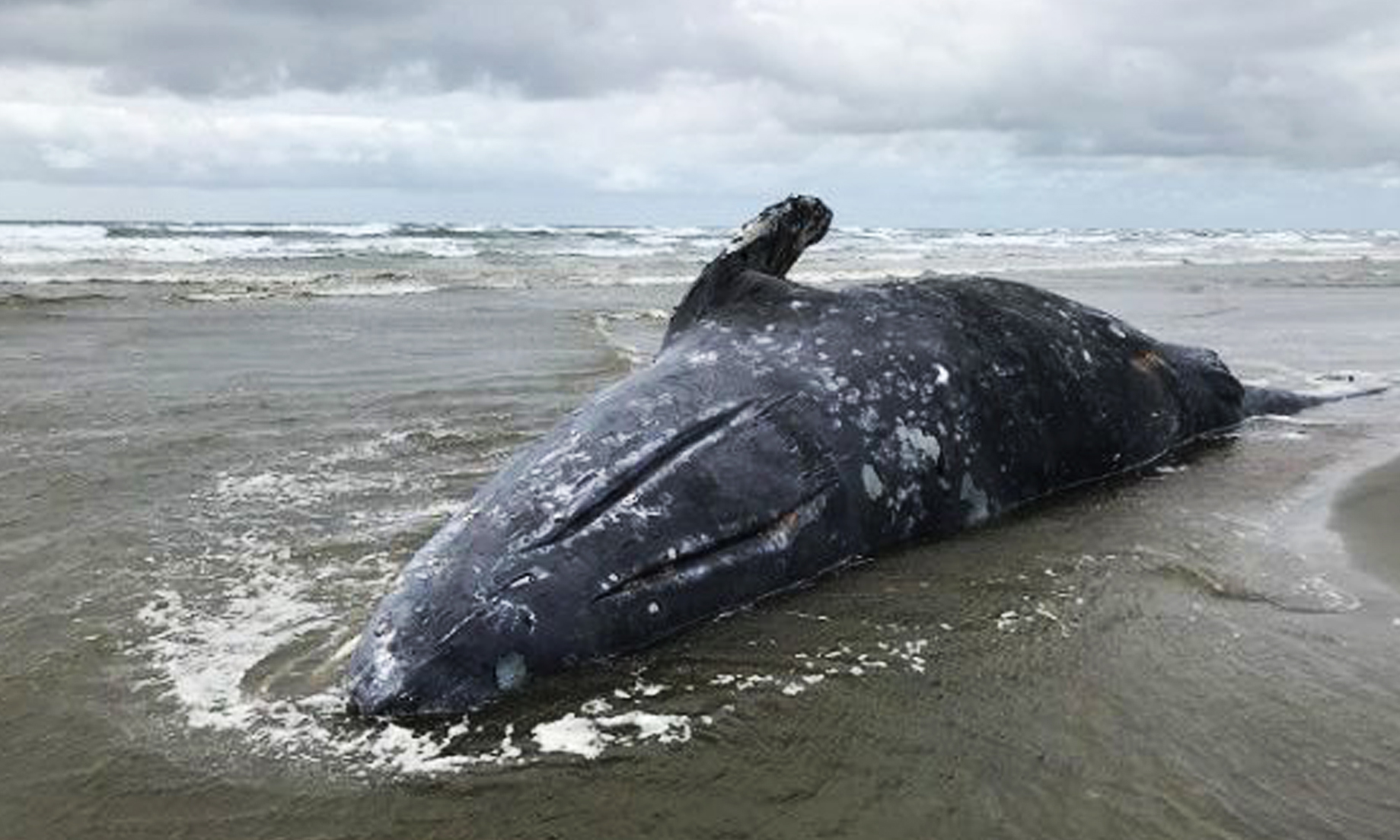
WASHINGTON, June 2 (NNN-TELESUR) – The NOAA scientists initiated a special investigation on an unusual mortality event which involves migratory ocean mammals.
The United States National Oceanic and Atmospheric Administration (NOAA) has announced it will begin an investigation into the cause of an “unusual mortality event” (UME), namely, the death of at least 70 gray whales along the western Pacific coast from Alaska to California that have taken place over the last five months.
The remains of 37 gray whales were found in California, three in Oregon, 25 in Washington State, five in Alaska and five in British Columbia, Canada during that time period. In most cases, NOAA scientists observed that the whales had little body fat.
This data generated the suspicion that the death of the cetaceans is related to a decrease of food supply, which could be a consequence of the warming of the northern Bering and Chukchi Seas.
During the North Pole summer, from June 21 to September 21, marine ecosystems in this region are one of the grey whales’ favorite places because there is typically enough food here for them to consume and sustain them during their southern migrations towards Mexico.
As a result of human-driven global warming, however, average temperatures at the Bering and Chukchi seas have been much higher than previous years. This is altering the micro ecology of the gray whales’ main food source, namely, tiny crustaceans and other organisms living on the sea floor.
“The Arctic is changing very, very quickly, and the whales are going to adjust to that,” said Sue Moore, a NOAA biological oceanographer, adding that “sea ice has been changing very quickly over the last decade or so.”
Other scientists also believe that the UME may be triggered by the relationships balance between the whale population and the capacity of marine ecosystems to provide food.
“Keep in mind that carrying capacity is not a hard ceiling, but that it’s a shifting threshold,” David Weller, a Southwest Fisheries Science Center biologist said, explaining that in some years “the environment is capable of supporting more whales than in other years.”
Currently, the gray whales estimated population is about 27,000, the highest on record in the North Pacific since 1967. Each year, these mammals make a roundtrip migratory journey of up to 22,530km (14,000 miles).
During the northern summer months, the gray whales travel southward from the Bering Sea to Baja California and the Gulf of California where they mate, give birth and remain until March, after which they begin to head back north to the Bering Sea.
According to the historical records, the last major gray whale natural die-off, when 62 dead specimens washed up on western shores of North American, happened during the 1999 El Niño-Southern Oscillation (ENSO), which is an irregular but periodic variation in the water surface temperature of the Pacific Ocean.






